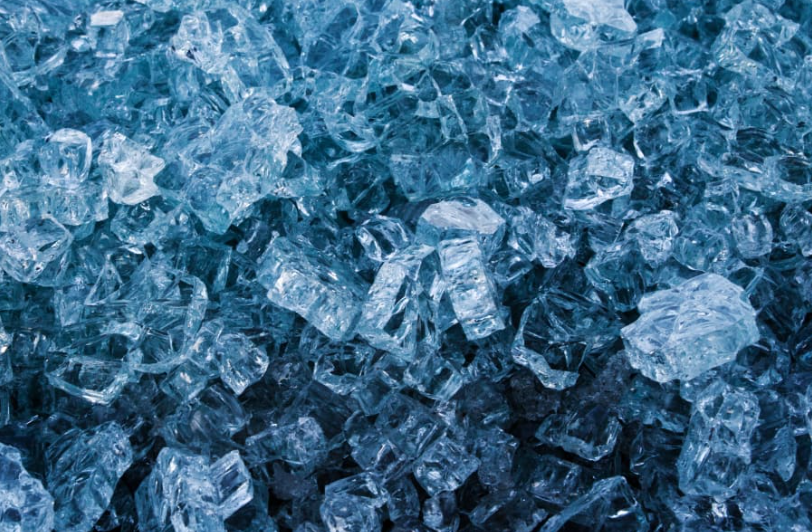
Explanation:
The temperature must be below zero degrees because minerals lower the melting point of water.
Explanation:
The x and y components, which make up the velocity, are two separate elements. During flight, the x component remains constant, while the projectile's weight causes the positive y component of velocity to drop. Therefore, before the y component has reduced, the overall velocity will be at its highest.
Explanation:
The pulley with the smaller radius spins more quickly because two connected pulleys have the same linear speed. The intermediate pulley will rotate more slowly than the largest pulley. The smallest pulley will rotate the fastest because it will spin more quickly than the intermediate pulley.
Explanation:
There are exactly equal numbers of teeth in gears A and C. As a result, the speed of gears A and C will be equal. The total number of revolutions is determined by multiplying the rpm by the number of minutes because gear C rotates at 10 rpm.
Explanation:
The distance between the large mass and the fulcrum should be reduced since the large mass will generate a greater torque at the same distance from the fulcrum as the small mass. The torque generated by the large mass will then decrease, while the torque generated by the small mass will rise.
Explanation:
The force is split into usable force (x direction) and not useful force when the rope is not parallel to the intended route of motion (y direction). The man will need to exert greater force if just some of the force is helpful in order to attain the same pulling power as if the rope were parallel to the table.
Explanation:
When the small piston is compressed, the volume of one piston decreases while the volume of the other piston increases because the liquid's volume remains constant. Since the volume is equal to the area times the height, the larger piston's height only needs to increase by a fourth of what the smaller piston did.